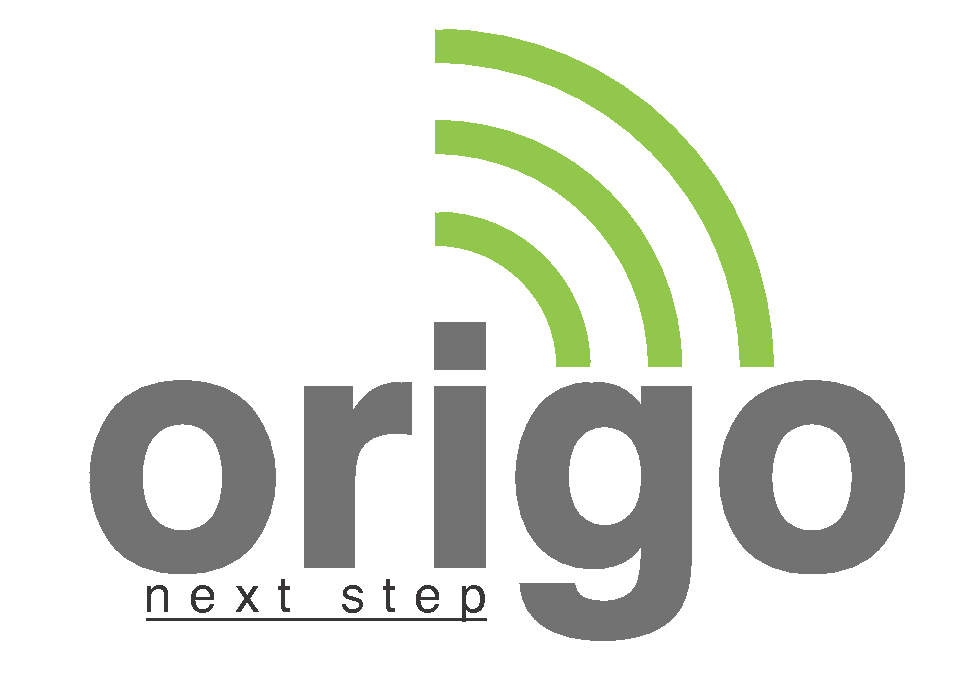
Why are customer service standards so important? In an age of rising customer expectations—a time when the customer relationship is paramount—companies must set parameters of what quality service looks like or else suffer the consequences in the marketplace.
While it’s important to define these standards so your customer service team understands what kind of customer experience it needs to deliver on a day-to-day basis, those employees need to realize that those guidelines aren’t arbitrary. Rather, these standards come directly from what customers expect—they decide what constitutes good service, and companies that ignore what customers want do so at their peril.
Often those customers base their expectations on stellar service provided by other companies—and it doesn’t matter if those businesses are competitors or in completely unrelated markets. When customers experience excellent customer service, the bar is raised across the board. Your support team must meet those expectations and always be ready to adapt.
What are good customer service standards?
First-response time—otherwise known as first-reply time—can vary based on which channel a customer uses to reach your company. In general, customers expect to hear back from a customer service representative two hours after posting on social media, half a day via email, and in seconds over instant messaging or chat. However, those are rough guidelines—your customers might demand much faster response times. Unsure about what those demands might entail? Taking a look at how other companies in your industry perform can shed some much needed light on how your customer service measures up.
these standards come directly from what customers expect—they decide what constitutes good service, and companies that ignore what customers want do so at their peril.
That said, lightning-quick first-reply times won’t mean much if tickets take a long time to close, so setting goals for resolution times can help your business satisfy customer needs. For example, the average time it takes an agent to resolve a problem takes about 20 hours (measured across industries); yet while it might be tempting to pat yourself on the back if your service team closes issues in much less time, note that faster resolution times don’t necessarily equal good customer service. If your employees handle easy, one-and-done tickets (such as password changes), those seemingly impressive numbers could just mean that you’re allocating resources incorrectly. Routine customer service requests are often better handled by self-service via a knowledge base, which enables your external customers to fix issues on their own, a solution they also often prefer.
By providing a robust self-service option, you’ll deflect tickets, which will allow employees to focus on more complex problems that require the human touch. You’ll also want satisfy customer demands for an omnichannel experience, making it seamless for them to move across those channels without having to repeat themselves.
Beyond the nuts-and-bolts standards of responding to and resolving issues quickly, a customer-centric organization must consider the human elements that drive great service. When hiring agents, focus on soft skills—for example, do candidates exhibit empathy and good communication habits? When faced with angry, frustrated customers, will they show patience, good telephone etiquette, and the ability to stay calm and polite? If your employees don’t have these skills, no customer service tool will help you meet the standards your customers demand.
Why you need measurable customer service standards
To deliver the service standards required for success, your teams will need clear, actionable metrics that will help them improve—and management must communicate what’s expected and devise a strategy that’s achievable. One of the best ways to measure team performance is to elicit customer feedback through customer satisfaction surveys, Net Promoter Scores, and paying close attention to what’s being said on your social media channels. And when people choose to stop using your product or service, don’t pass up the opportunity to learn from them—a churn survey can ensure that standards you’re failing to meet are brought to light sooner rather than later.
That feedback can be especially powerful when combined with metrics that track agent performance, such as the average number of tickets solved, how often tickets are re-opened, and common resolution issues (which can illuminate problematic areas in your product that need to be fixed).
Improving customer service standards
Metrics can go a long way toward helping your company improve its standards and holding your support team accountable. You’ll want to combine the lessons you learn from those metrics with quality control efforts such as monitoring random samples of interactions (phone, email, and so on). By highlighting success stories as well as less-than-optimal interactions, agents can learn from each other and have open, constructive communication about how to provide better customer service.
By understanding common benchmarks of customer service, tracking key metrics, and constantly training your staff—and, crucially, offering them the tools to succeed—you can ensure that your company’s standards for support build and nurture the customer relationship.
We invite you to try Zendesk for free:

We can guide you during the entire process. Send us an email to info@origo.ec